TIDESWELL MUSEUM

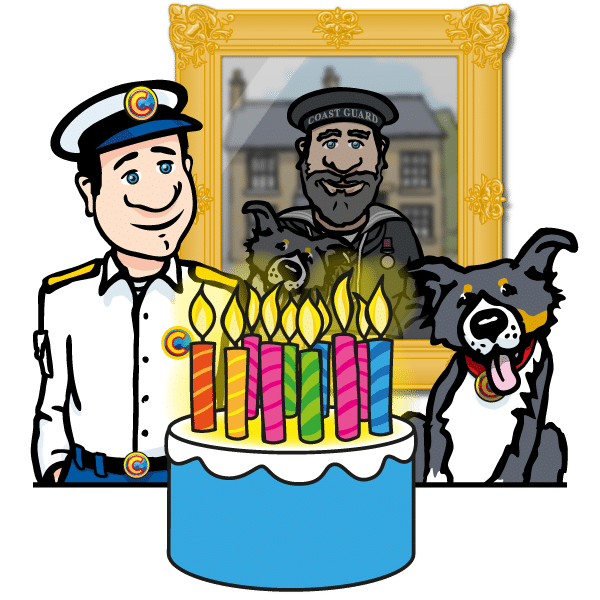
Colin and Rocky are at a special event. They are celebrating 200 years of the Coastguard.
THE FIRST TIDESWELL HARBOUR COASTGUARD
Here I am with Rocky looking at a picture of the first Tideswell Harbour Coastguard. His name was Jack and he had a dog called Sam. Jack is my Great, Great, Great, Great, Great Grandad!
One of Jack’s jobs was to protect Tideswell from smuggling.
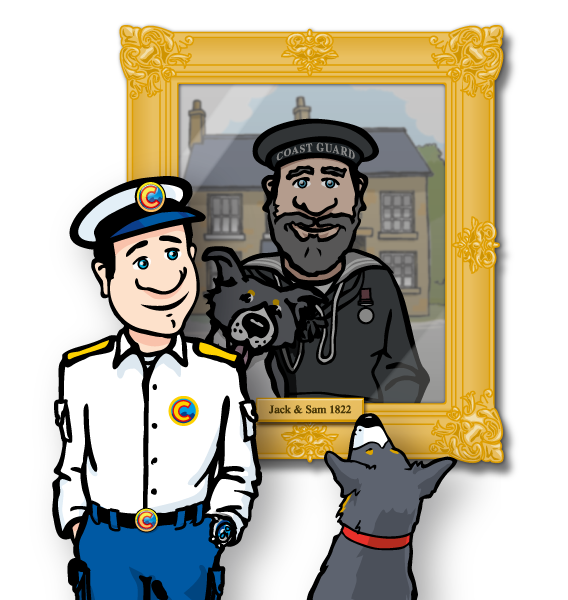
Here are two famous pirates who once lived on nearby Pebble Island.

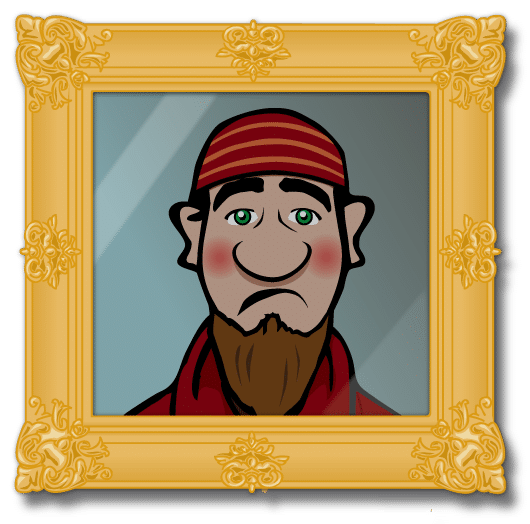
This poster was displayed all around Tideswell Harbour to help Jack and Sam catch the pirates.
Captain Whelk was caught by Jack and Sam as he tried to smuggle goods into Tideswell Harbour.
Matches McGraw was never caught!

Search mission
A QUICK HISTORY OF THE COASTGUARD
Today a Coastguard’s role is life-saving and the coordination of search and rescue at sea.
200 years ago a coastguard’s job was very different.

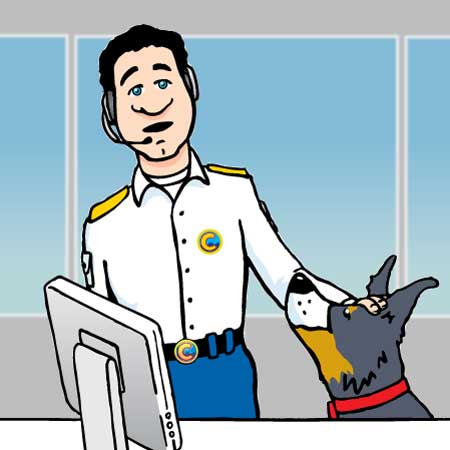
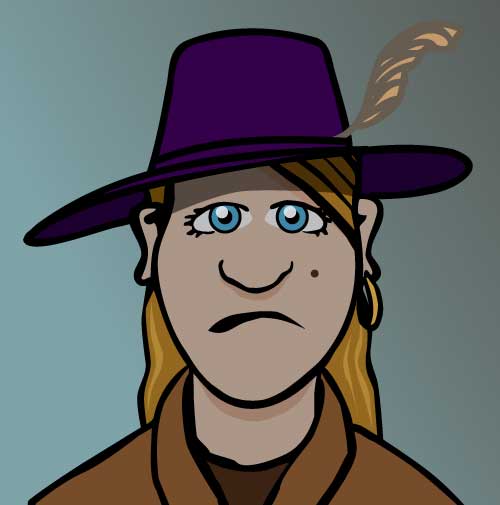

The first Coastguard’s job was not to save lives but to guard against smugglers.
There were lots of smugglers at the time and stopping them was a dangerous job.
Smugglers illegally brought goods into the country.
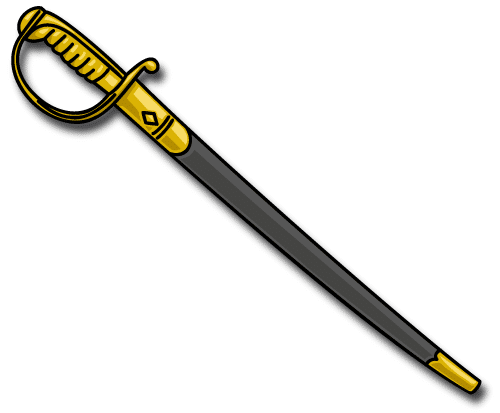
Coastguards worked very long hours and had very little time off. They patrolled the beaches in all weathers.
After many years of trying, the coastguards overcame the smugglers.
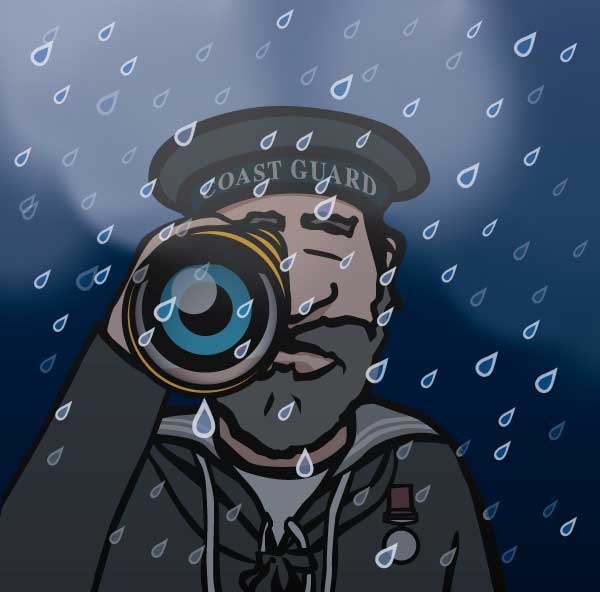
First World War
Most coastguards had to join the Royal Navy during the war. They served on battleships.
While they were away the coast was guarded by the Army.
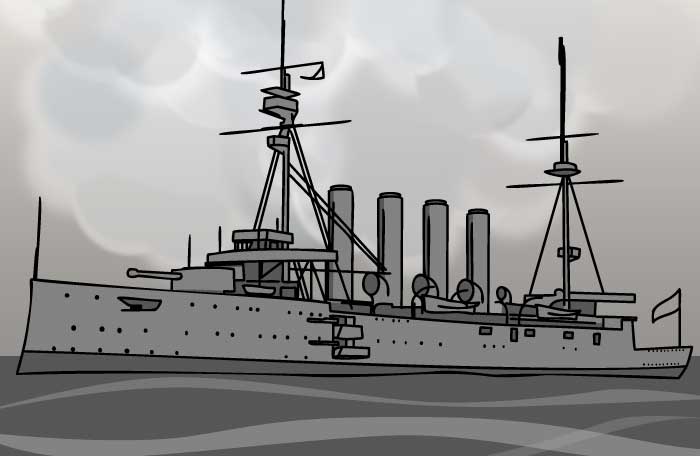
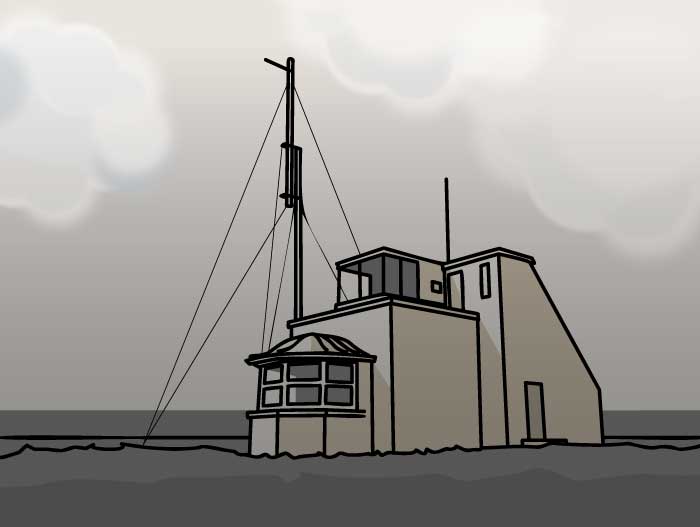
After smugglers and the war, the coastguard’s duties changed.
The coastguard’s job was now to keep watch along the coast. They were looking for ships and boats that were in trouble.
They now had specially built lookout stations instead of being outside on the beach.
They would help rescue seamen from ships that ran aground on rocks and beaches.
The Second World War
By this time Coastguards no longer joined the Navy. They still looked for ships and boats in trouble. But now they also looked out for enemies landing on the beaches.
If they saw soldiers landing on the beach they would call the Royal Navy.

By this time Coastguards no longer joined the Navy. They still looked for ships and boats in trouble. But now they would also looked out for enemies landing on the beaches.
If they saw the enemy trying to land on the beach they would call the Royal Navy.
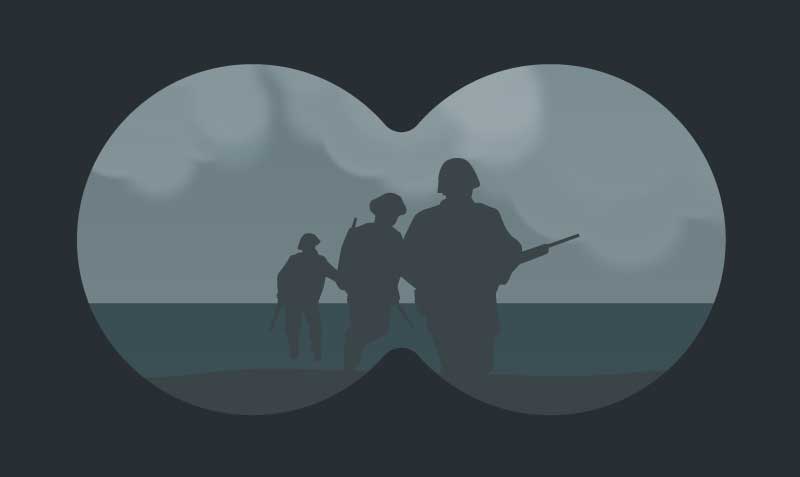
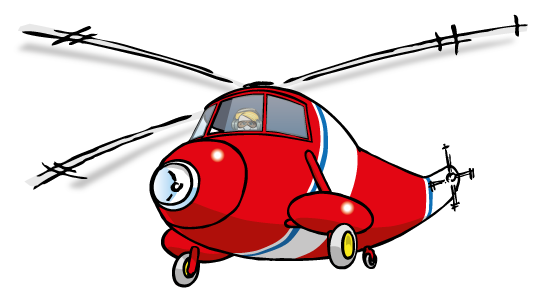

After the war Coastguards returned to keeping watch and lifesaving. Their duties were to coordinate rescue missions.
They had special radios to contact people that help them save lives.
They could send aircraft, helicopters and lifeboats to help people in trouble.
Today you can help the Coastguard too.
If you spot someone in trouble on a beach or a cliff – call 999 and ask for the Coastguard.




